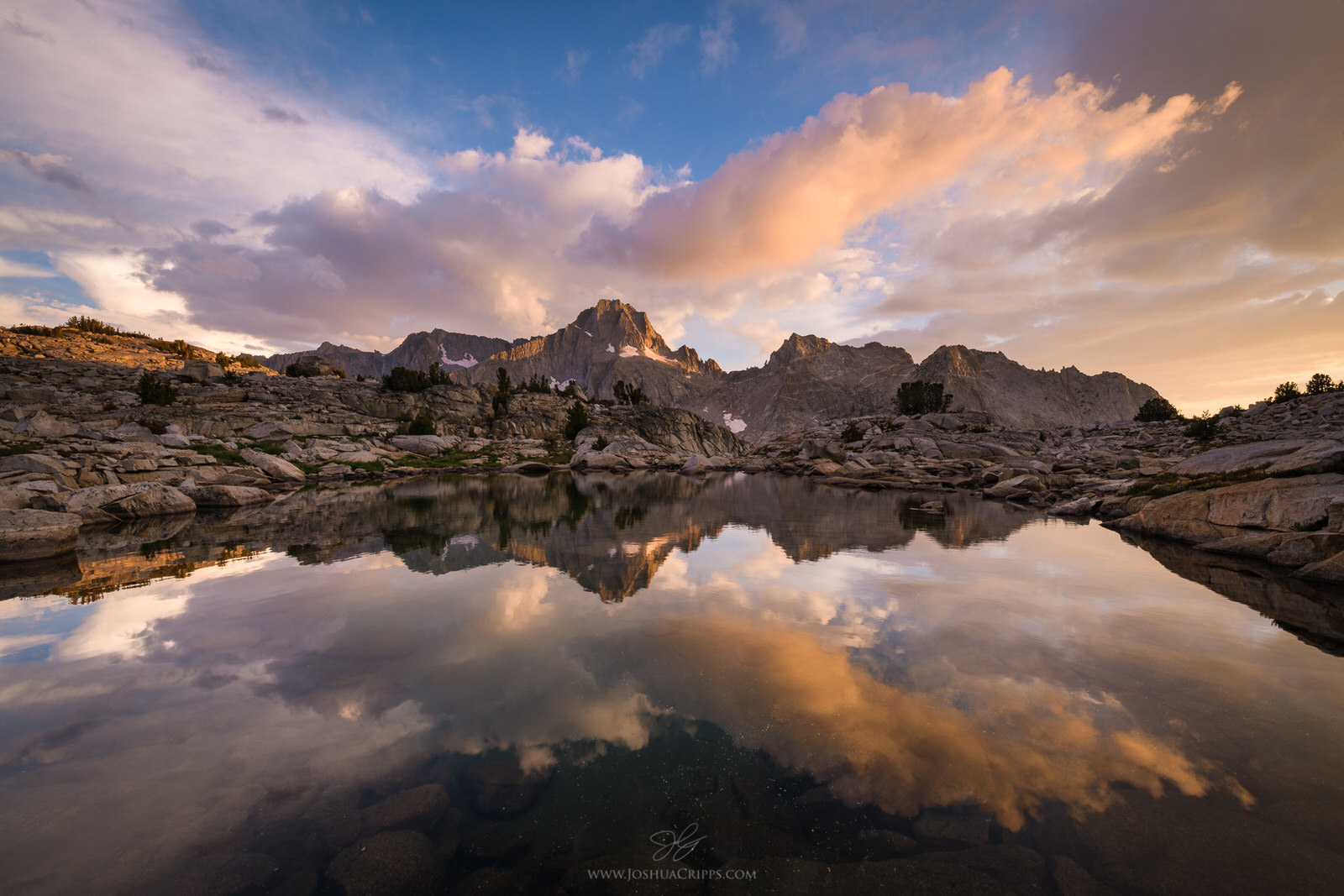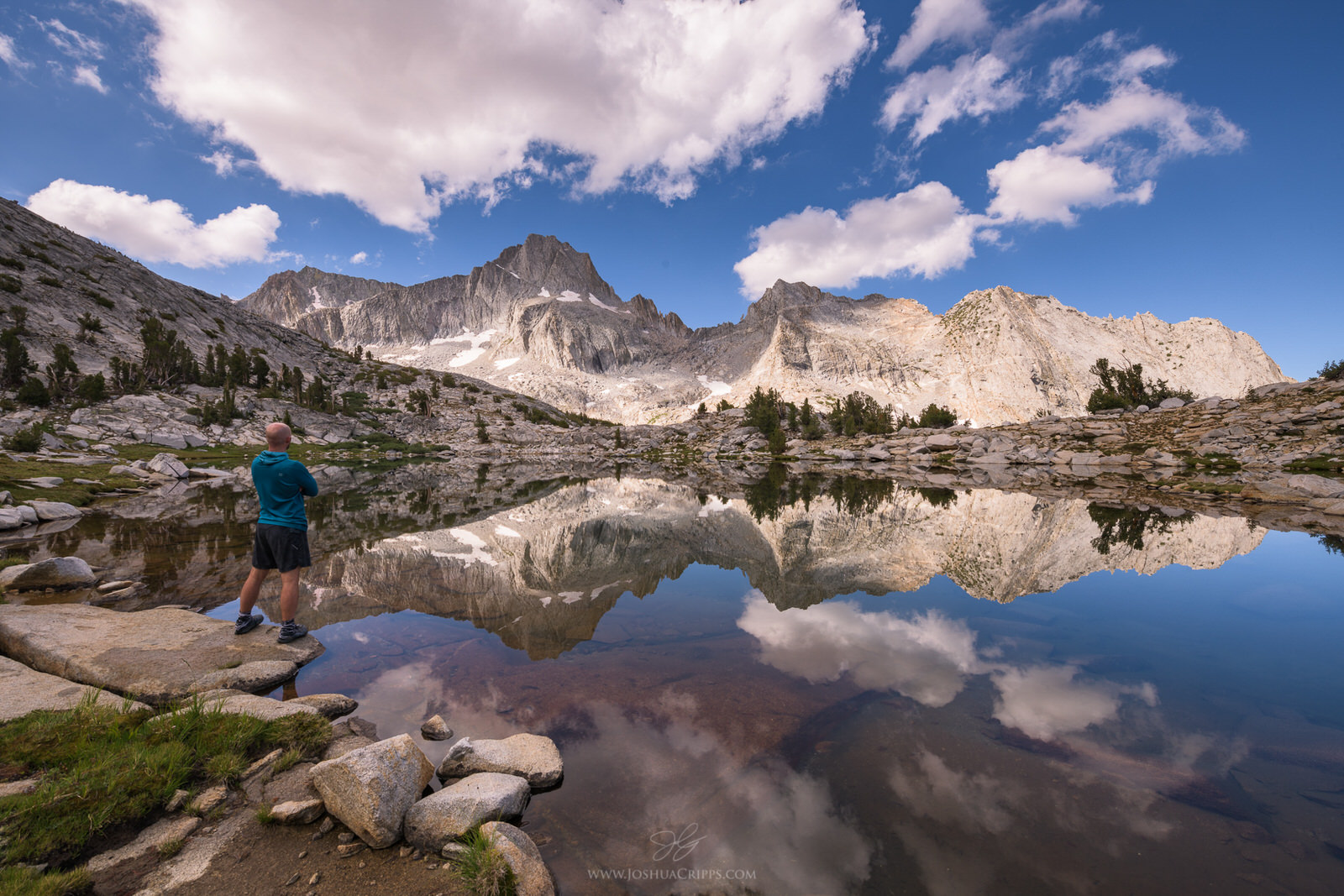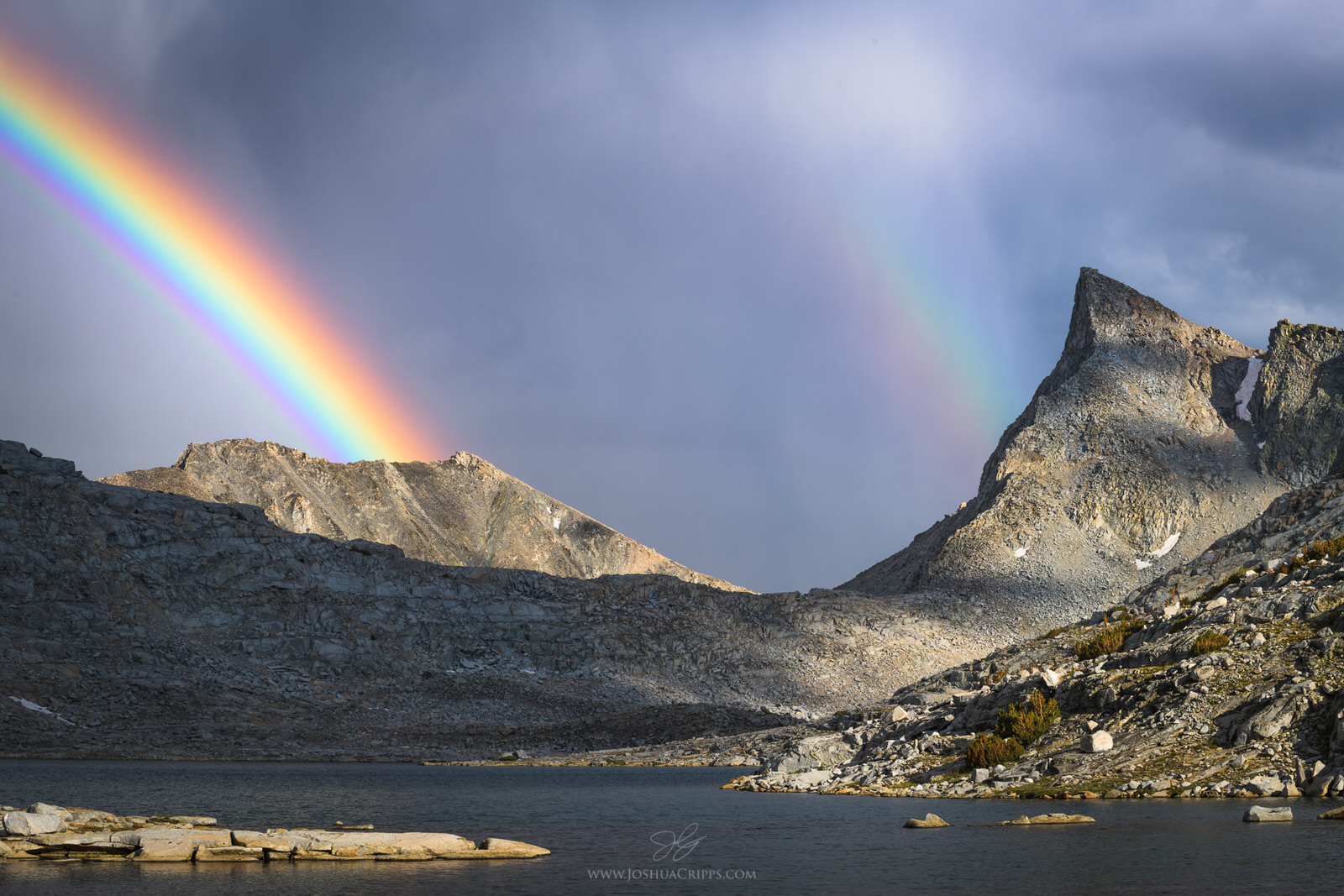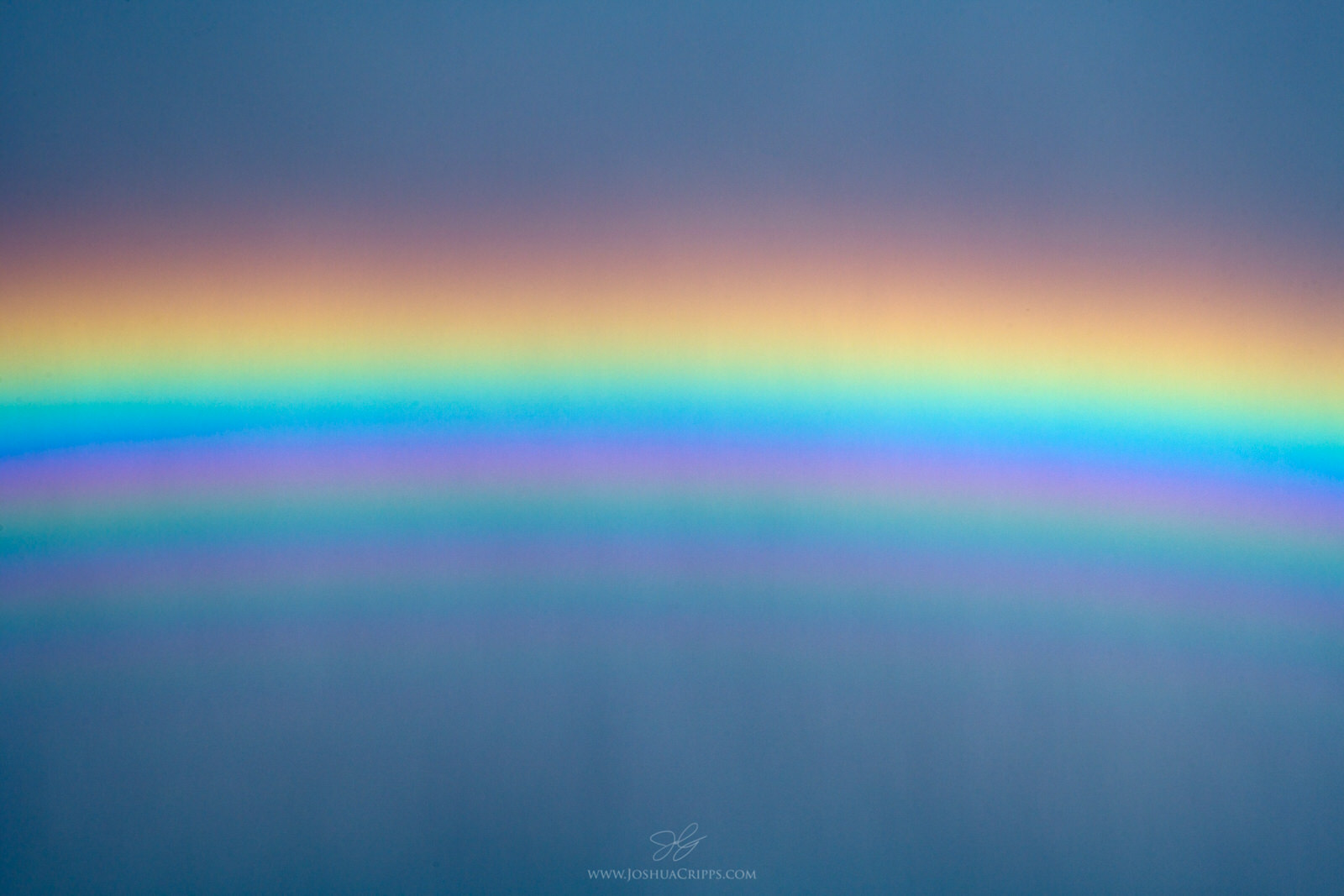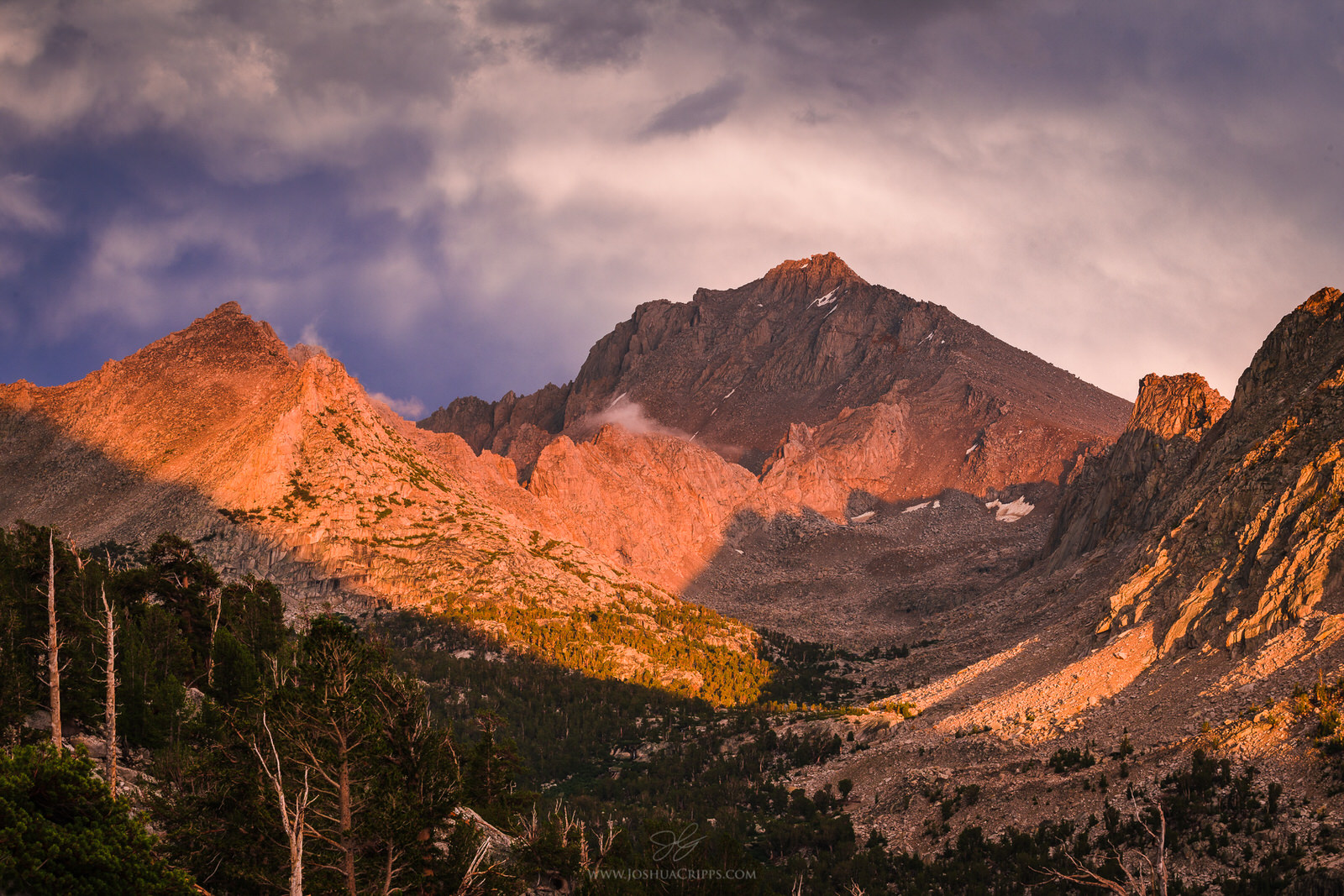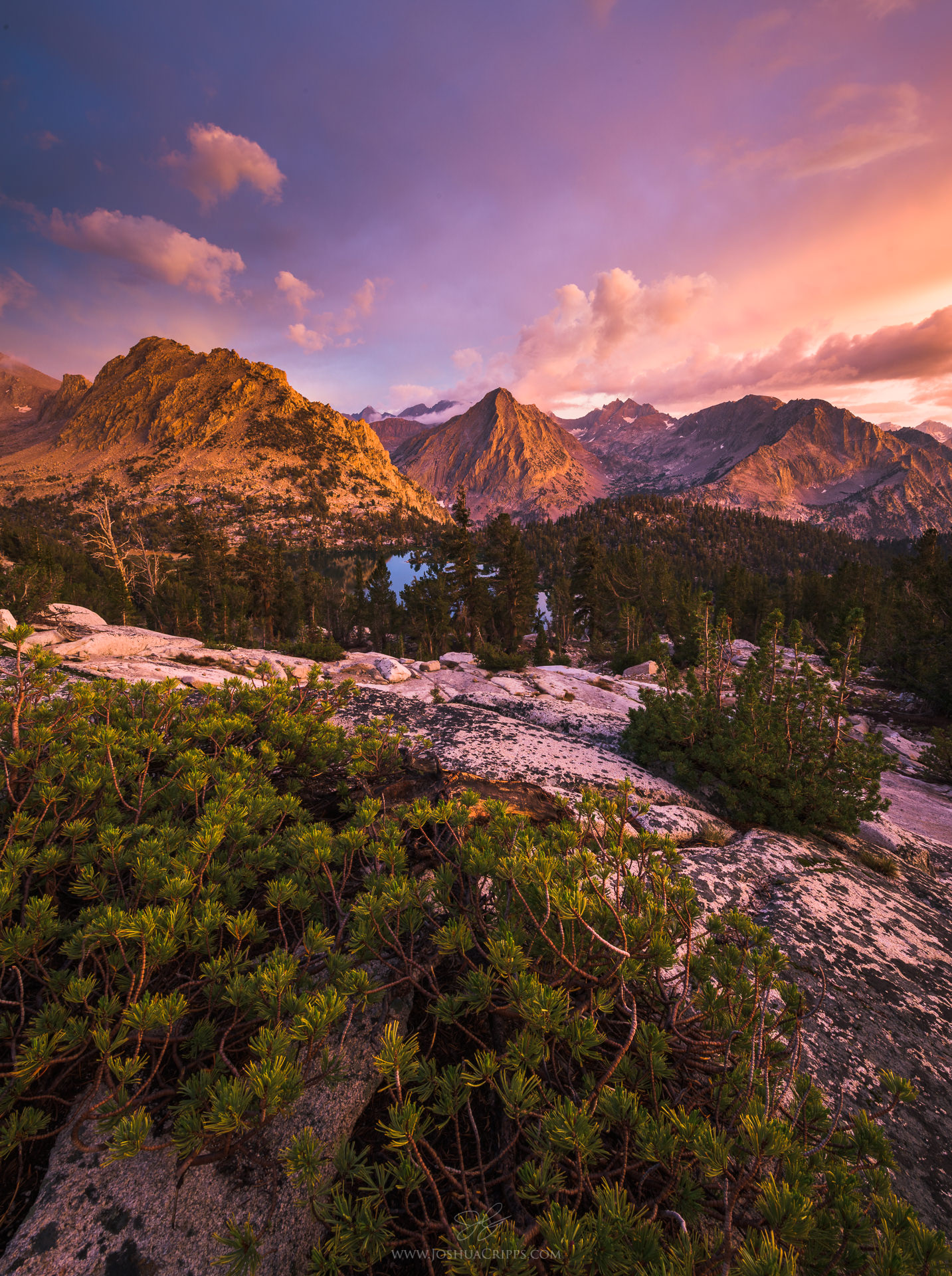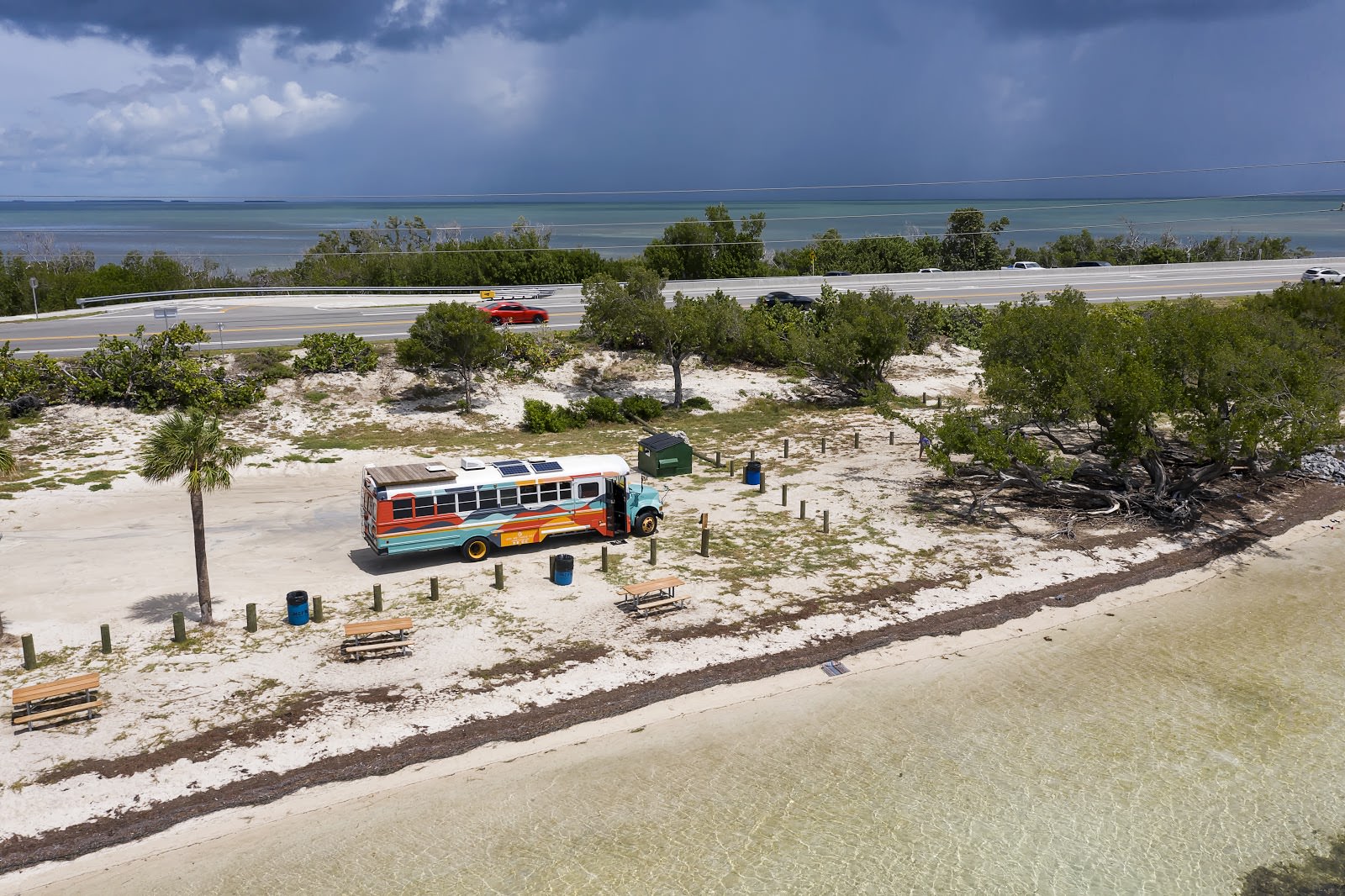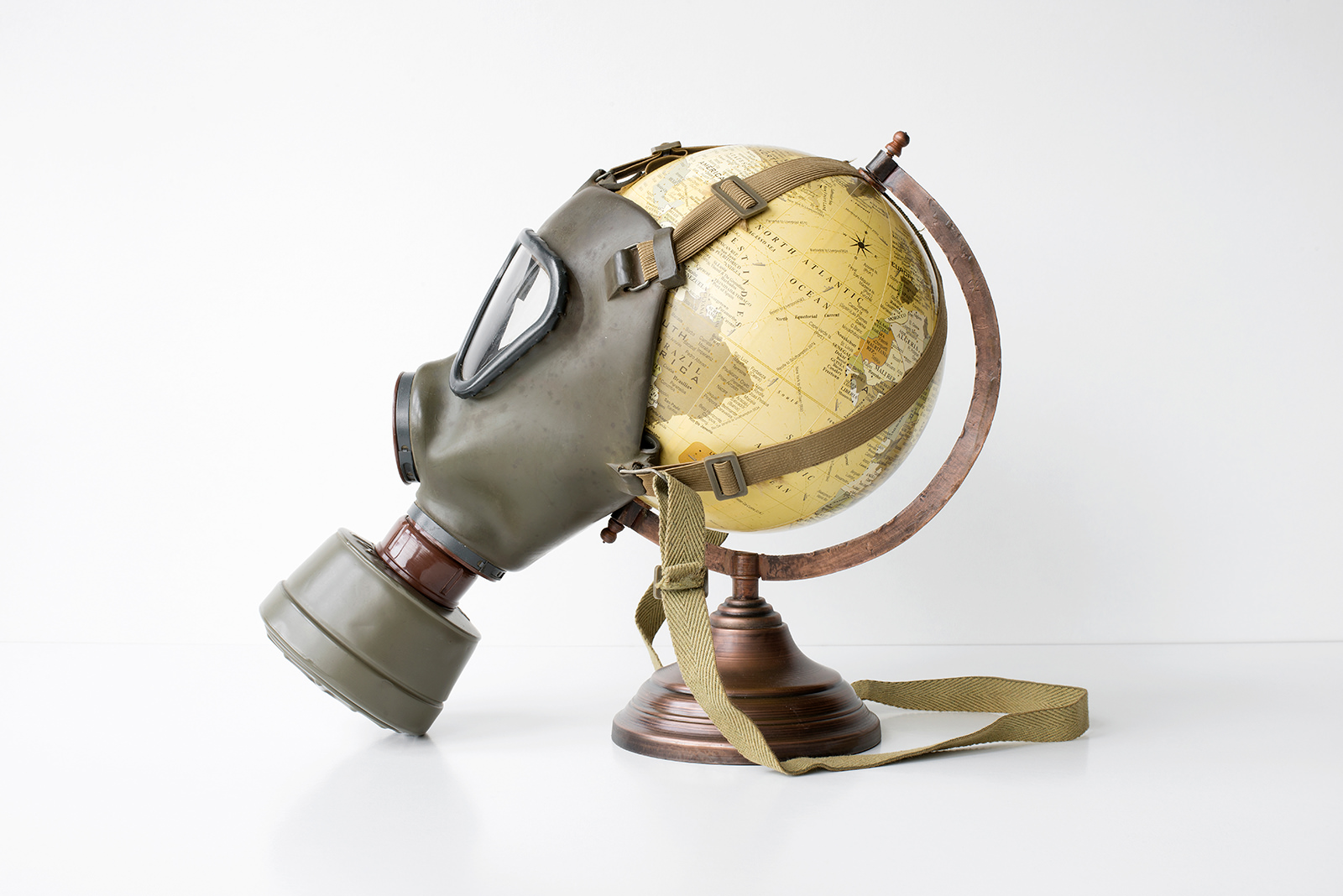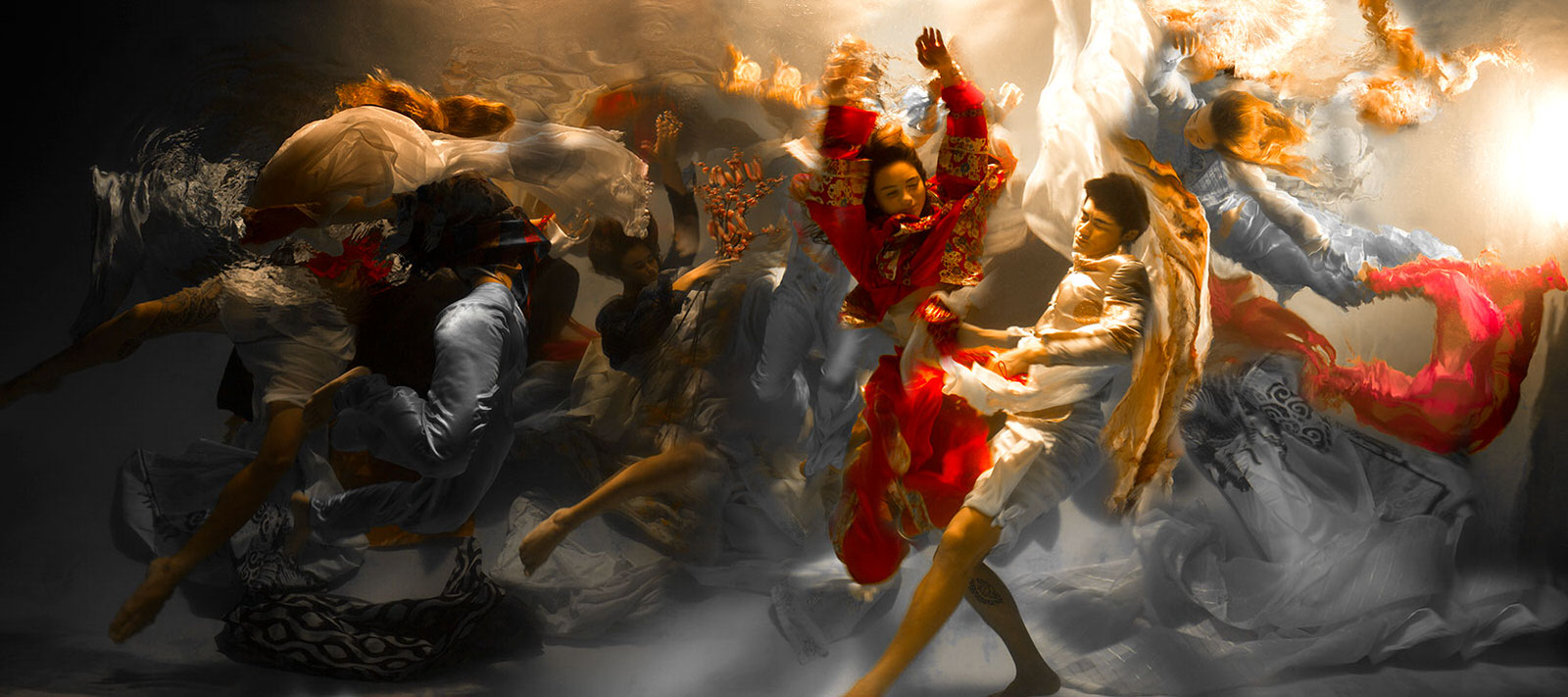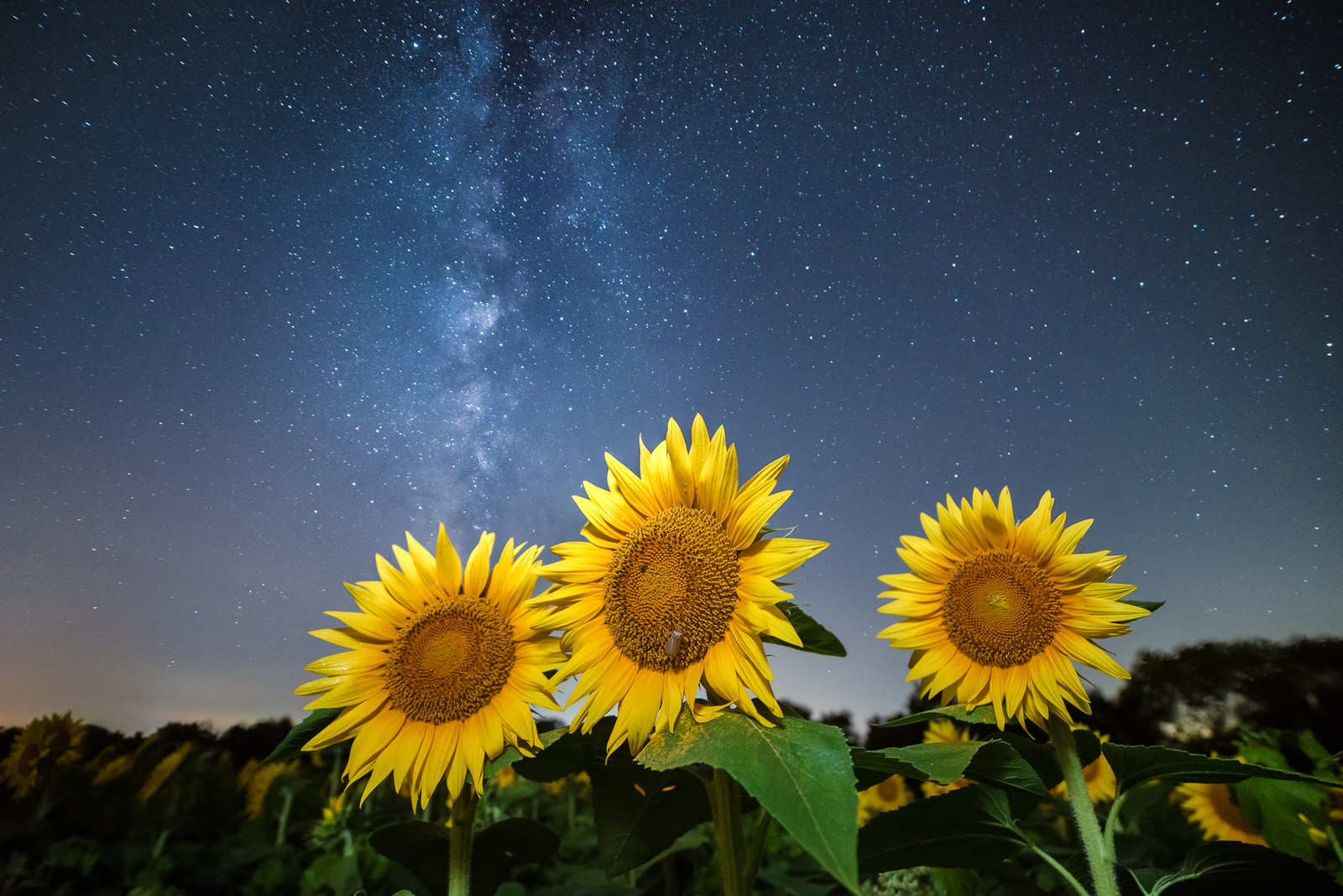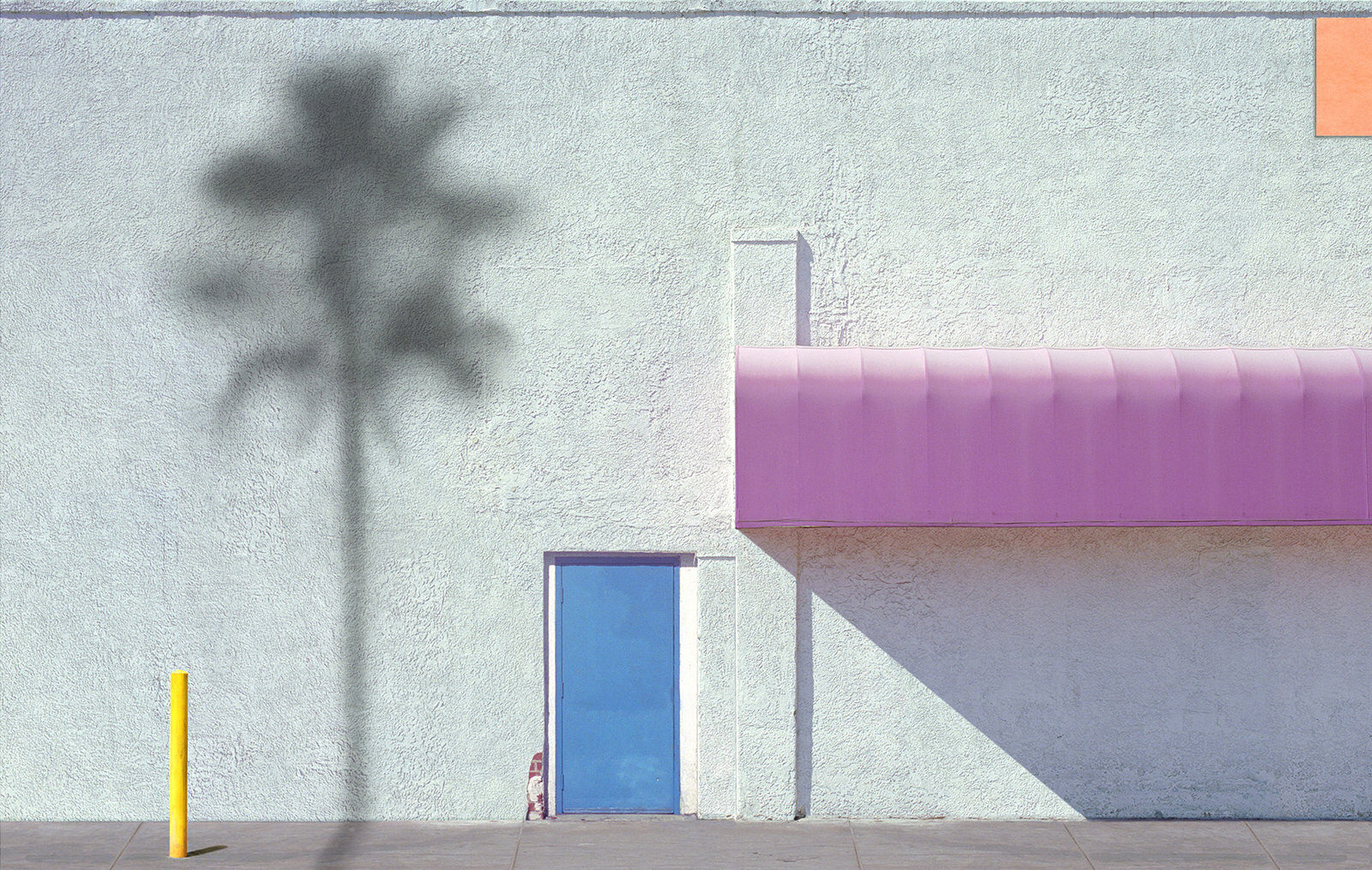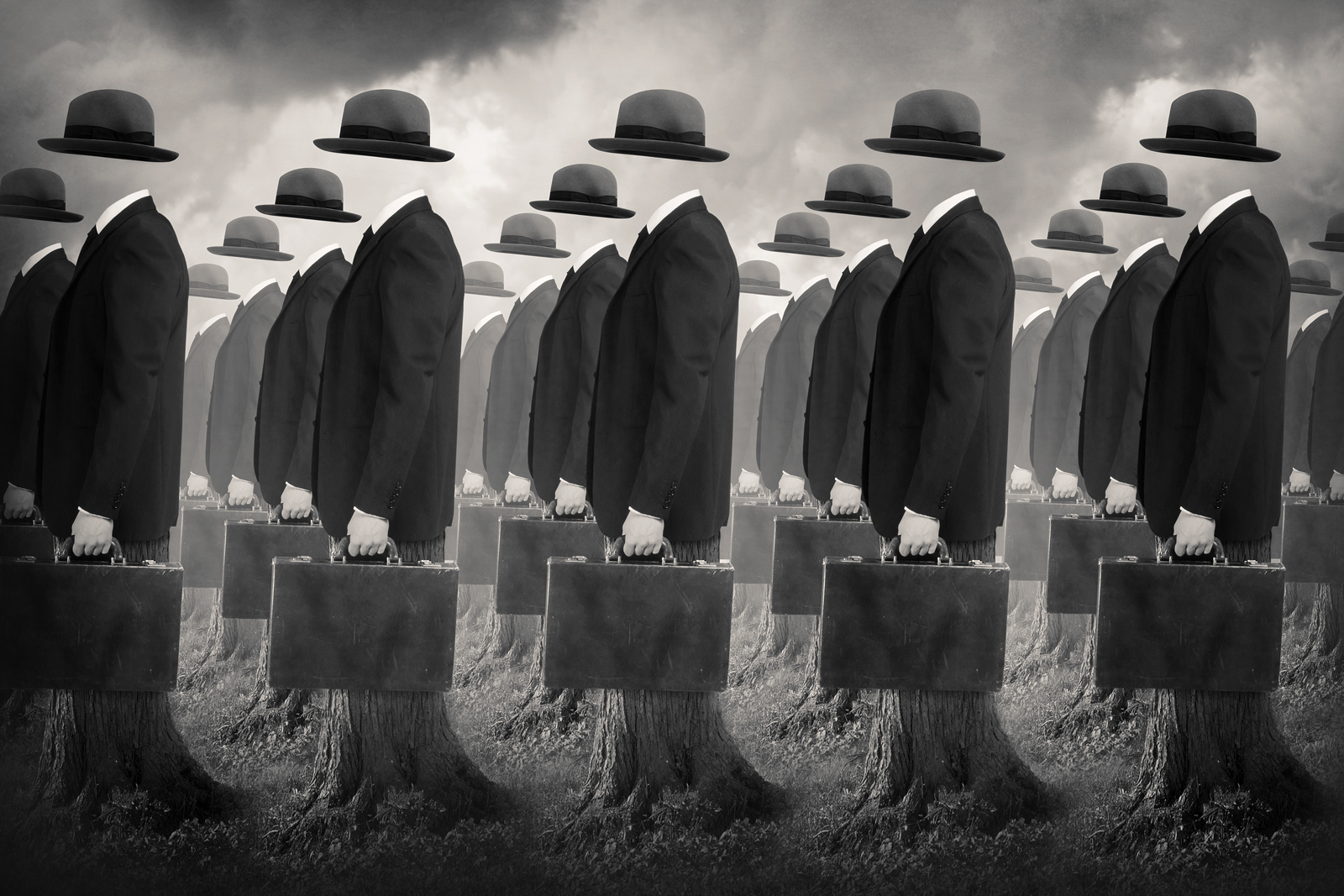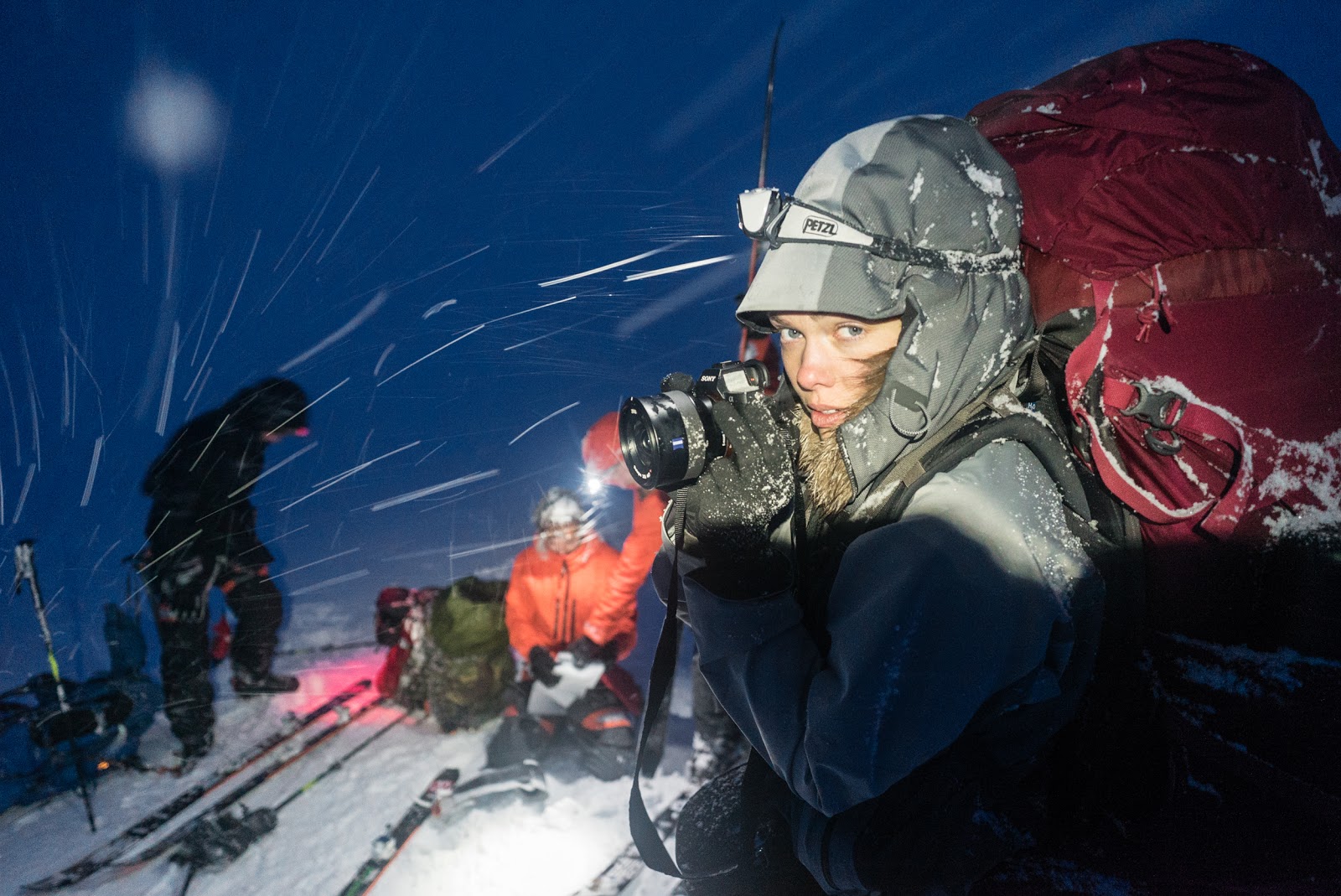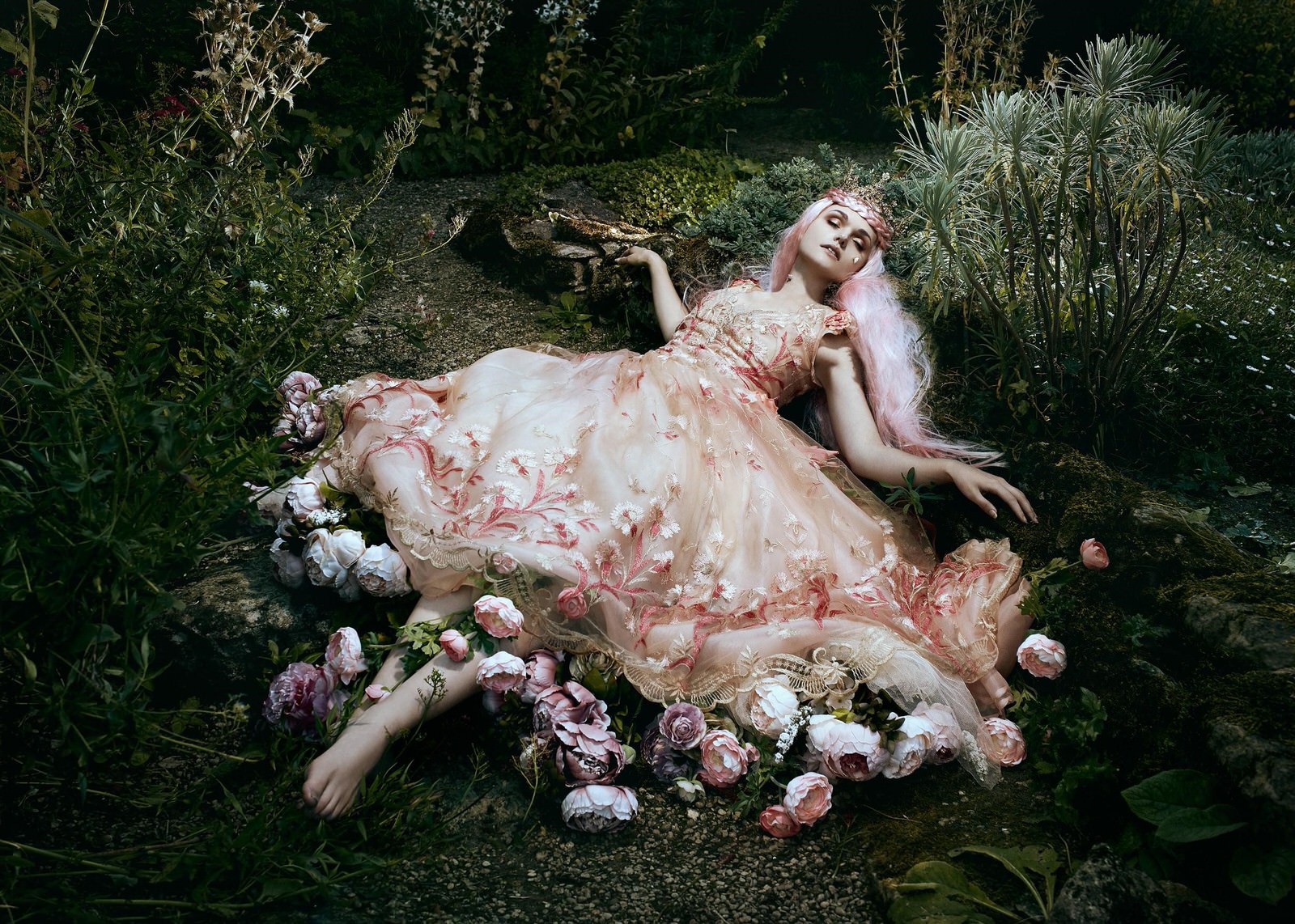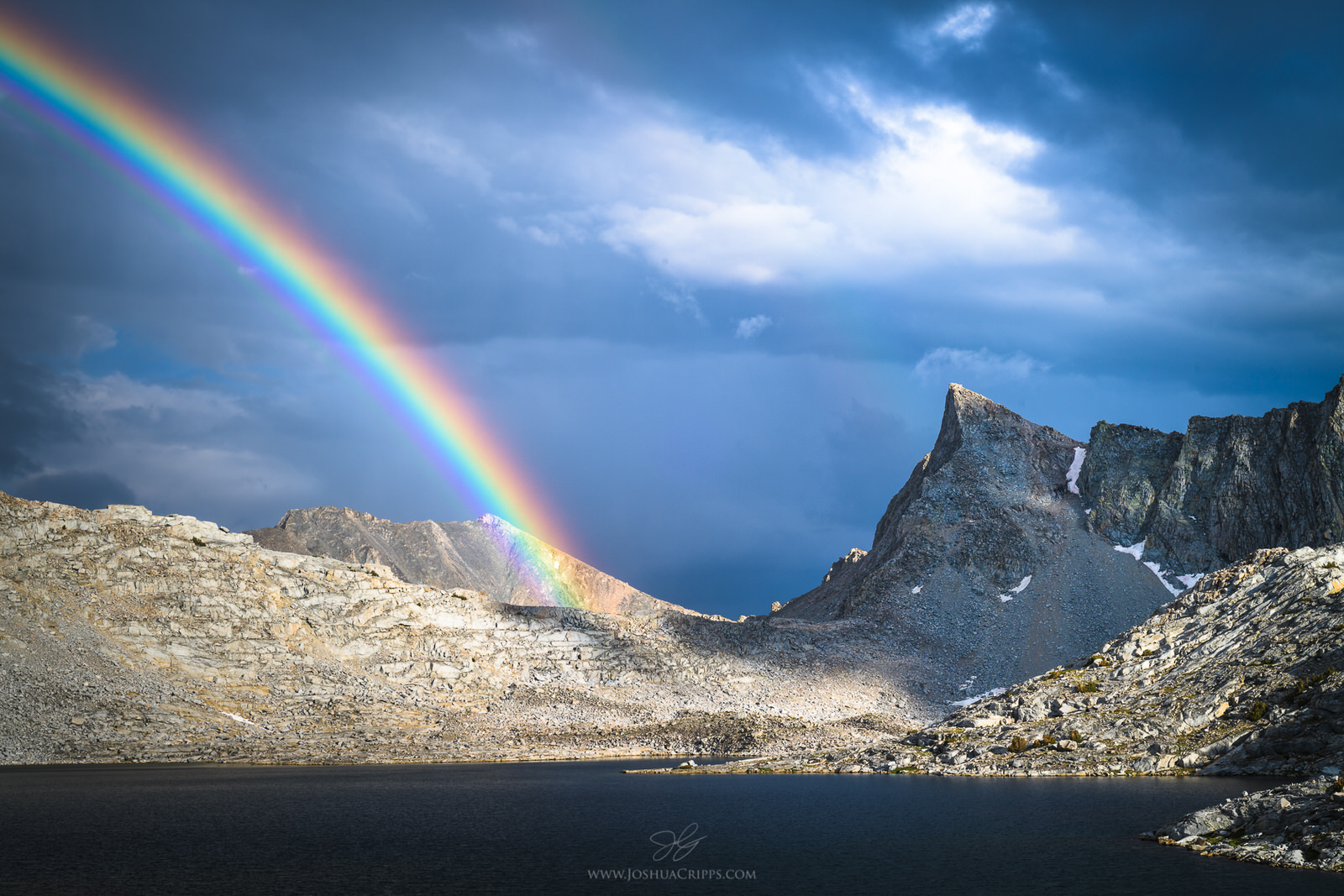
Creating with a Conscience to Minimize Environmental Impacts: Interview with Josh Cripps
Wilderness landscape photographer Josh Cripps has traveled the world to shoot some of the most beautiful places imaginable. He’s also spent significant time photographing California’s expansive coastlines and mountains. To Josh, landscape photography isn’t just a creative outlet, it’s a way to connect and interact with nature on a deeper level. A way to express his love and appreciation of, and complete respect for, the environment and its inhabitants. And, he strives to do that in the most ethical way possible.
There’s always been an unwritten code of ethics, or at the very least a code of conduct, for nature photographers. Now, with the rise of social media and simple, click-of-a-button photo sharing opportunities, it seems those fundamental practices need to be written out for all to see. As more and more people travel to the Earth’s most beautiful places to snap photos, the basic principle of Leave No Trace often falls by the wayside.
In our interview with Josh, we talk about how to visit these locations without causing lasting damage to the landscape and how we can all minimize our environmental impact as a whole. We also talk about how the perfect scene can elicit a strong emotional reaction and the urge to share that feeling through powerful, affecting images.
How did you get started in landscape photography?
I’ve always been a nature guy. My parents would always take us camping and hiking when I was a kid, so it’s something I’ve always really enjoyed. I grew up in a very small town and then I moved to Los Angeles to go to college; it was a total culture shock and I started missing the mountains and everything dramatically. So at that point, I started doing more and more backpacking trips and more hiking high up in the mountains.
I had no intentions of becoming a photographer until I finished my bachelor’s degree, and then I decided to do a round-the-world trip to take a break from studying. I was having all these incredible experiences and seeing things that were not only changing the values that I had, but changing the way that I wanted to live my life and spend my time. I would take these little terrible point-and-shoot snapshots and be completely frustrated that nobody back home could understand why this was such an important experience. That’s sort of how the seed got planted of how can I better portray the experiences that I’m having so that when people look at those photos, they feel at least some of the emotion that I was feeling when I was there.
After that trip, I came back to L.A. and started working in engineering, which is my background. I was designing satellites for Boeing and would just take these big, long vacations every year, four or five weeks. Eventually, I bought an SLR to take with me on one of these vacations. I took it on this trip to Alaska, but I didn’t really know what I was doing with it. I took a ton of photos thinking they were all amazing and got home and went, “Well, these actually are terrible. These suck. These are worse than they were with my point-and-shoot camera. It doesn’t make any sense.”
This was in 2006. I was already 25 at this point when I bought my first nice camera, and I was thinking, “Why on earth are photos with this nice camera worse than they would be with the point-and-shoot camera?” I still didn’t have any intentions of being a photographer, I just wanted to understand this problem. So I started learning about aperture and shutter speed. The technical stuff was always super easy for me to understand as an engineer, but the emotional and artistic side of those things – Why would you pick one aperture versus another? What is the artistic outcome in your photograph? – became a problem.
Those became the questions to ask. I started to answer questions like, why does this shutter speed make this photo feel dreamy, and this shutter speed makes this photo feel tense or static? As I answered those questions, my photos started getting a lot better and a lot more interesting. I was able to take my emotion and my intention in the field and distill it down into a series of decisions in the photograph. And, just like anything in life, as you get better and better at it, it becomes more fun. You want to do it more, and it was just a snowball effect. I got to a point where all I wanted to do was take my camera and go, run off into the woods or the beach or the desert, and try to capture these amazing places that made me feel joy or happiness or whatever I was feeling, so that’s what I did.
Do you have a favorite quote or a mantra that always gets you fired up?
I’ve always really liked the Ansel Adams quote, “There’s nothing worse than a sharp image of a fuzzy concept.” I think it’s especially pertinent now with digital and everybody focused so much on technical perfection. People seem to think, “If I can just process an image like this guy or focus stack seven images and exposure blend three more images, then I’ll have a great photo.” They totally lose sight of what their artistic vision is and what they are really trying to accomplish. They’re just focusing on the technical over any sort of artistic idea.
And this is not photography-related, but I really love this quote from Winnie-the-Pooh, I’m sort of paraphrasing here but he says something like, “How lucky I am to have something that makes saying goodbye so hard.” I love that. It’s a really beautiful, kind of twist on sadness and saying goodbye to good things in your life. There’s a reason that makes you sad, so that’s good.
What book would you recommend to other creatives? It doesn’t have to be photography-related, just any book that inspires you.
I love to read books that inspire me to get outside and explore the world. To that end, one of the best books I’ve read recently is called Antics. It’s a compendium of stories from the Otago University Tramping Club in New Zealand. I believe they put out a volume every year or so, but the one I read while camping in a hut in NZ’s backcountry for five days collected some of the best stories from maybe 40 years’ worth of misadventures.
First off, I simply loved the dedication these students had to getting out and adventuring through New Zealand’s mountains. Secondly, the places they visited were utterly astounding in their beauty. And third, the casual humor with which the stories were written was hilarious. Talking about sleeping in the snow without a sleeping bag, keas (mountain parrots) chewing holes in hiking boots or carrying them off completely, running out of food, sharing a bunk with a butchered deer thanks to a backcountry hunter… all of these things discussed with a casual nonchalance as if it was “I ordered an onion bagel and got an everything instead.” Reading the book really gives you a good attitude about getting outside, not taking things too seriously, and enjoying the adventure.
Can you tell us about one of your favorite places that you’ve ever shot, or one of the best experiences that you’ve ever had while out shooting?
I’ll actually tell you a story that just happened to me a few weeks ago. My favorite way to explore the world and to explore photography is to be deep in the wilderness just leg powered with a tent on my back. Last year, I was hiking in a place called Kings Canyon National Park here in California, and I hadn’t spent much time there before. I went down there and climbed up this small mountain, and I’m looking around with this big topo map going, “What’s over there? What’s over there?”
I saw this place on the map called the Gardiner Basin, so when I got home from that trip, I did a little bit of Googling, figuring some hiker, somebody’s been out there before even though it was totally off-trail. This amazing picture popped up from another local long-time Sierra photographer named Vern Clevenger and it just totally floored me. So I said, “All right, next year I’m going to this place. I’ve got to see it.”
A few weeks ago, I had a five-day trip planned out to this basin. I think it’s about 15 miles to get into this basin of which maybe the last four miles are totally off-trail, not the greatest terrain, so it’s a little bit of a slog to get there. We have monsoon season here in Sierra typically in July, and the day that I was going to the basin, at about 10:30 in the morning, these big thunderheads started building up. I’m going to this off-trail area and it’s just getting darker and darker.
I was tired because it was pretty high elevation stuff, 10,000, 11,000, 12,000 feet. I got up to this saddle and I stopped there to have some lunch, and there’s lightning and thunder booming all around me, and it’s starting to rain a little bit. This saddle was basically the crossover point into the Gardiner Basin. I was expecting to get there and see something amazing, but when I looked down in the basin, it looked bad. It looked not interesting.
It was just a gigantic bathtub full of talus. Talus is when you have a mountain that’s sloughing off big pieces of rock and that rock breaks up and turns into rubble. When the rubble stays kind of big – you know, anywhere between, say, pumpkin and minivan-size – that’s called talus. It’s just a gigantic jumble of granite boulders and it’s not fun to walk on at all because every single step has to be placed so carefully. Even if you only have to travel a mile, it might take you an hour or an hour and a half to travel that mile.
I’m out there looking down and I just see talus and I’m thinking, “Do I really want to spend the next hour and a half going across this crappy talus?” Not to mention it’s getting darker and darker and it’s raining now. I don’t see anything that looks interesting to photograph out there. It’s just a sea of utter starkness. There’s nothing out there except granite and a couple of small lakes, and that’s it. There’s no vegetation, no meadows, no trees, no streams. But I thought, “Well, this is what I’m here to check out. I’m going to be really disappointed with myself if I don’t go down there and scope it out.” I toughed it out and walked an hour and a half or so to get across this mile of talus. And when I reached the western edge of this basin, I found this beautiful little flat spot where I could put my tent.
The cool thing about the monsoons here is that they build up really dramatically, and at the end of the day, they just vanish. They start to dissipate. So, around 5:30 or 6:00 in the evening, the clouds over in the western sky started to vanish, and the eastern sky was still just like midnight black with cloud and rain. As that western sky opened up, the sun came pouring into this basin. A good landscape photographer, that’s when their Spidey sense starts tingling. You’ve got sun over here and rain over here, you know something crazy is about to happen. And sure enough, these beams and lights started hitting throughout the basin, lighting up all the mountains, lighting up the lakes. And then this rainbow appeared and just got stronger, and stronger, and stronger, one of those intense vivid rainbows and it became a double rainbow, and there’s rain falling in the background that’s getting lit up with the sun.
Then something I’d never seen in my entire life happened – below the main arc of the rainbow, these things called supernumerary bands appeared. I thought my eyes were playing tricks on me because I’ve never seen those before. What I saw was the rainbow, ROYGBIV, and after the violet, I saw yellow, green, violet; yellow, green, violet; yellow, green, violet repeating three or four times down below the rainbow. I thought, “Wait, what is going on up here?” I took a photo of it and sure enough, there it is in the photo.
This really breath-taking scene occurred and then the rainbow disappeared. After it disappeared, I thought, “You know what, it’s still about an hour and a half until sunset, I’m going to go wander around and see what I can find because there are a couple of lakes farther down.” So, I wandered down and finally, there were trees, and streams, and little ponds. From that saddle, the mountain that I was specifically going to photograph, Mount Gardiner, looked like nothing, just this oblique triangle of rock. But from down in the basin next to these lakes, it was this amazingly beautiful perfect granite sticking out of this deep canyon.
On the opposite side of the canyon where these little lakes sitting on this bench, pouring over down into the canyon. They pour over, go down in the canyon, and the mountain comes up at the other side, so every single one of these lakes was like an infinity pool. It would drop off with this perfect reflection of the mountain in the background, and as the sun set, there were still some thunderclouds in the sky. There were these amazing purples, fuschias, and oranges.
That day was one of the most incredible days I’ve had as a photographer. I had been in such a crappy mood going across those talus, and then it just turned around 900 percent. The level of my mood just went shooting out into the stratosphere. It was really intense and energizing, invigorating.
As a landscape photographer, you must experience that to some extent a lot. That’s the way it goes, isn’t it? You get rain and heavy storms, and that’s going to give you the most incredible opportunity for an amazing shot. But you have to put up with that weather, where it’s just dreary and it’s a challenge.
You’re absolutely right that those were the conditions that have the potential to give you those amazing moments. But the problem is, nine times out of 10, just because there’s potential doesn’t mean it gets realized. You’re out there in some crappy rainstorm thinking maybe it’s going to break around sunset and you’ll get something, nope. It just keeps raining.
Or the opposite happens – and this happens a lot in the Sierra – where you think, “Something really cool is going to happen at sunset because we have these great thunderstorms.” But once they start to break up, you go from rain to completely clear skies, just like that. And you’re left feeling like, “What? No. What happened?” More often than not, the shot does not happen, but that’s okay because that makes the shots that happen really special.
That’s something I’ve really tried to get out of my mind as I’ve matured as a photographer – having expectations of any specific shot. When you first start out as a landscape photographer, it’s all about going out with your wide-angle lens at sunrise and sunset, and that’s the only option. Then, when you don’t get that epic light and amazing color in the sky, you get all bummed out. Now, I just try to really pay attention to whatever the landscape is telling me instead of trying to impose my ideas of what has to happen on the landscape.
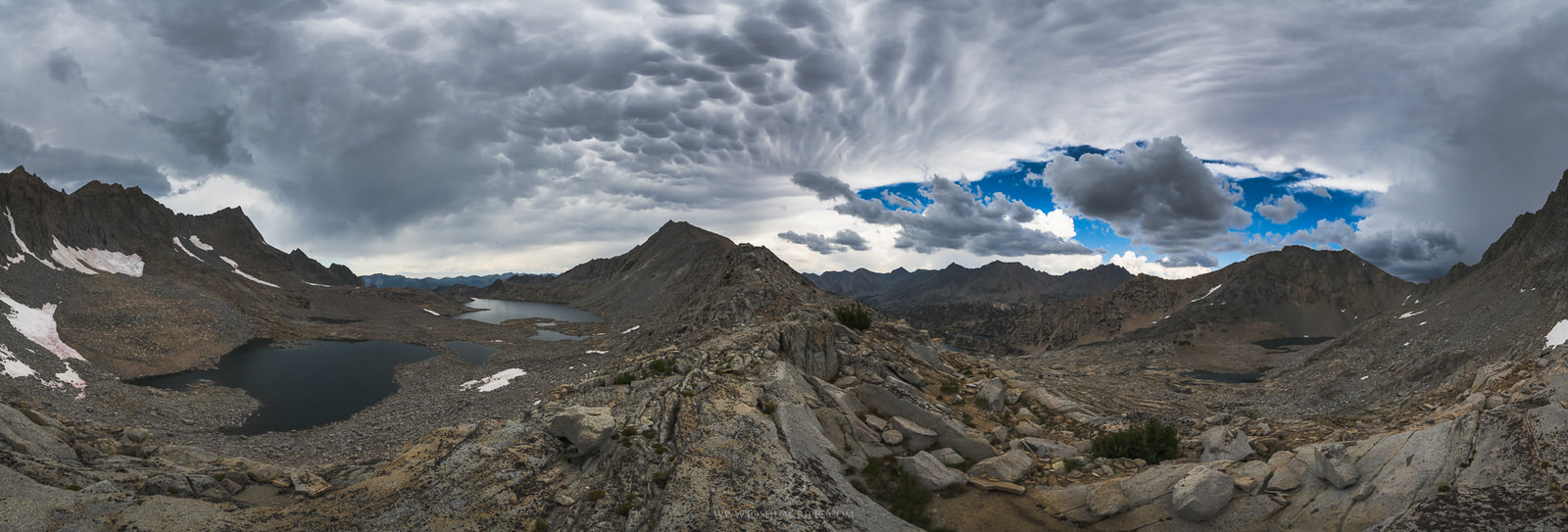
Do you find that when you discover these locations, are you a little bit hesitant to share where they are? Are you worried that if you tell people, the next time you get there, there will be 20 other photographers there?
With the place like the Gardiner Basin, I don’t have too much of a problem telling people where it’s at because I know that nobody is going to go out there. You say, “Yeah, this place is incredibly beautiful, but the only way to get there is to hike 15 miles, four of them off-trail, carrying a 40-pound pack and going over four different mountain passes for accumulative 7,000 feet of vertical gain at 12,000 feet.” Everybody goes, “Ah, maybe I won’t go do that one.”
I just know that 99 percent of people are not going to put in the effort to get to that place, and the one percent who do want to put it in, awesome. Let’s do it. I’m happy to have you go celebrate this place as well, because I know if you’re the sort of person who’s going to put an effort to get back there, you’re the sort of person that respects it and deserves to be back there.
Now, for easy-to-access locations, front country stuff, absolutely. My buddy Jim Patterson and I were both living in Santa Cruz from around 2009 to 2013, photographing the coast there. We were the only guys, basically, photographing the coast in Santa Cruz, and it’s a world-class coastline. The more we shared our photos on Flickr, the more photographers would come over and shoot in these places. It used to be he or I would be the only photographer there, on an amazing beach, with amazing conditions, and have the whole place to ourselves. But, it got to the point where after a couple of years, you’d go out to place and there would be 25 other photographers there.
Now, I think the impetus behind the photo has changed from, “Wow, this is a really amazing place that makes me feel a certain way; I don’t want to share that emotion,” to, “This is a famous spot that I have to have on my tick list if I want to be an influencer,” and it’s all about getting that perfect picture. We’re seeing that especially with the Instagram world that cares so much more about getting the image and projecting this image of who they are as opposed to actually having the relationship and connection with this place.
For them, it has nothing to do with the place. It’s all about the setup. And that leads to a ton of disrespect as we’re seeing, all these places getting trashed. People are trampling wildflowers and grass, and breaking hoodoos in Utah, and all this dumb shit just so they can get this picture. From that standpoint then, I definitely keep a lot of other places secret.
You run workshops with Jim Patterson, don’t you? Sea to Summit Workshops, can you tell us about that?
Yeah, we started leading tours in 2010. We started around Santa Cruz for a couple of years, and then we realized there was such a demand for people wanting to learn photography and go to these beautiful places and photograph that we started to expand.
We’ve actually, kind of, taken a step back. We both moved away from Santa Cruz, so trying to coordinate things just got a little bit more difficult. Now we do maybe four to six tours a year, and we do them in places like Eastern Sierra Nevada, Washington State, and the Olympic Mountains, with Olympic National Park.
We have a really fun one that we do every two years or so in New Zealand now. It’s 12 days, just tons of fun. Everybody is on the same bus, and you get this great sense of community after 12 days with the people that you’re spending time with. New Zealand is ridiculously beautiful. I tell people that it’s photography on easy mode because you just turn around and there it is, something amazing has happened. Some crazy perfect-pointed glacier-top mountain. There’s a lenticular cloud at the top, and it’s like, “Nailed it.” You don’t even have to think there.
We were talking about respecting nature and the environment, is that something that you teach in your workshops?
Yes. We talk about leave no trace on all of our workshops. We talk about leaving places better than we found them, and not only respecting the places we’re visiting, but respecting other visitors and respecting other people. I think, for us anyway, we wouldn’t have gotten into photography if it wasn’t for a deep love of nature. I feel like if your interaction with nature is detrimental to the experience that somebody else is having either now or in the future – because you’re leaving trash behind, or you’re damaging the trail, or you’re damaging wildflowers or something like that – then you’re screwing it up.
What’s next? Do you have another workshop lined up?
We’re going back to New Zealand next September, and I have a couple of ideas of places that I want to go. But to be 100 percent honest with you, one of the things that has also been a little bit of a hurdle to me recently is the travel. I did one of these carbon footprint calculator things about six months ago, and I thought, “Okay, I live my life pretty simply. I’m really curious about what I generate here.” This calculator basically said in order to be neutral planet-wide, each person needs to only generate this much carbon. Now, not only was I something like 18 times higher than that number, I was also higher than the average American.
And the number one reason for that was international flights. With three international flights that I had done in 2016, that put my carbon generation through the roof. I thought, “What is really happening here if I, on one hand, talk about how much I want to preserve and conserve and protect the environment?” And on the other hand I’m going, “Hey, everybody, come with me to New Zealand.” “Hey, everybody, come with me to China.” It’s not only me now but I’m also encouraging 8 to 10 other people to generate an amazing amount of carbon.
I’ve been trying to figure out a way to offset that, and I think what’s going to happen going forward is we’re going be putting a portion of the proceeds from our trips towards both local conservation efforts in the places that we’re going and towards a more generalized thing like tree-planting efforts in rainforests. I really want to make sure that it’s not about exploiting the place for photography, but rather really trying to hit that balance of, “Okay, now we’re going to go there and realize we have these impacts, even though we’re there to celebrate the beauty of this place.” As a group, we have these impacts, how can we offset that and try to really minimize what we’re doing to damage the environment as a whole? So, as I wrap my head around that a little bit more, we’ll see what develops.
Besides running his workshops, Josh also teaches one-on-one classes and is developing a full video course that he hopes to launch this fall. You can watch his video tutorials in the meantime, and be sure to keep up with his latest excursions on Instagram.
